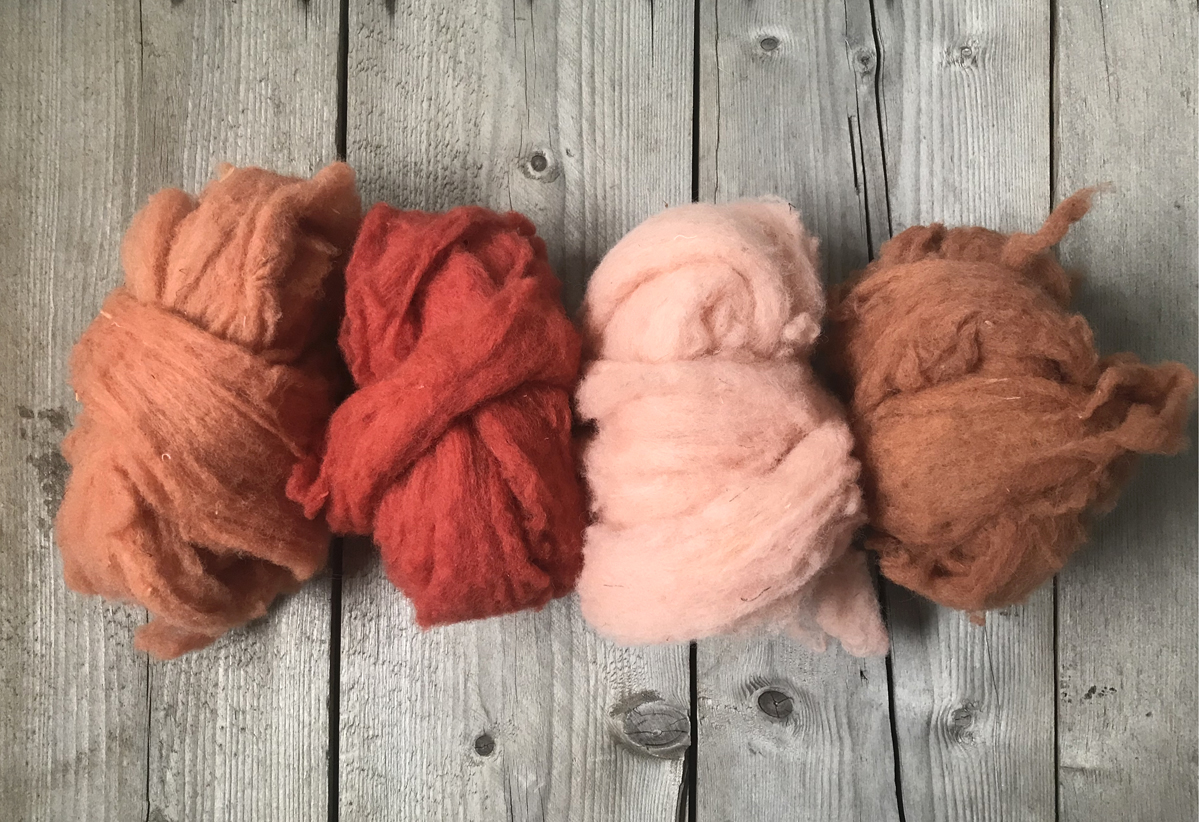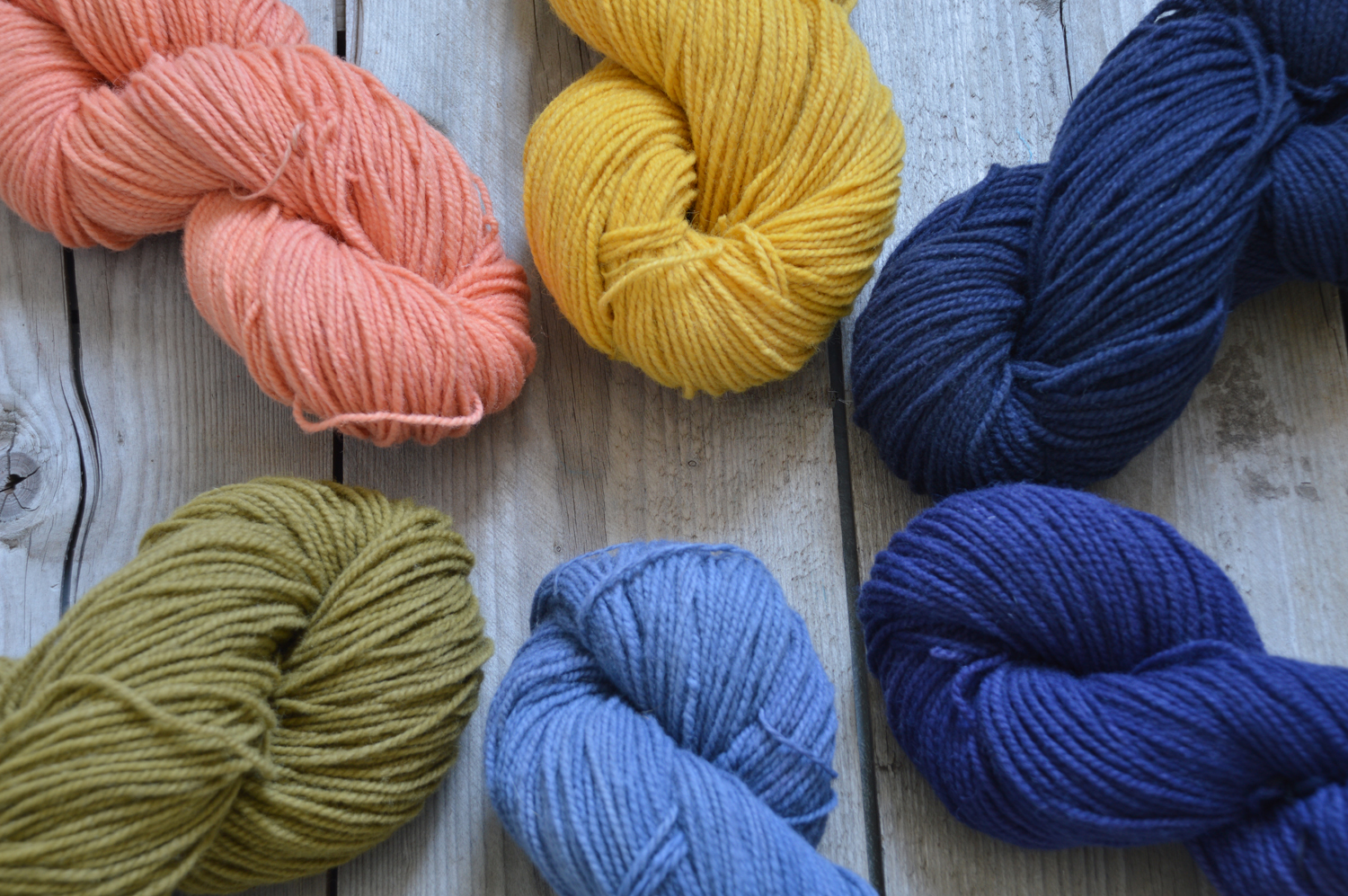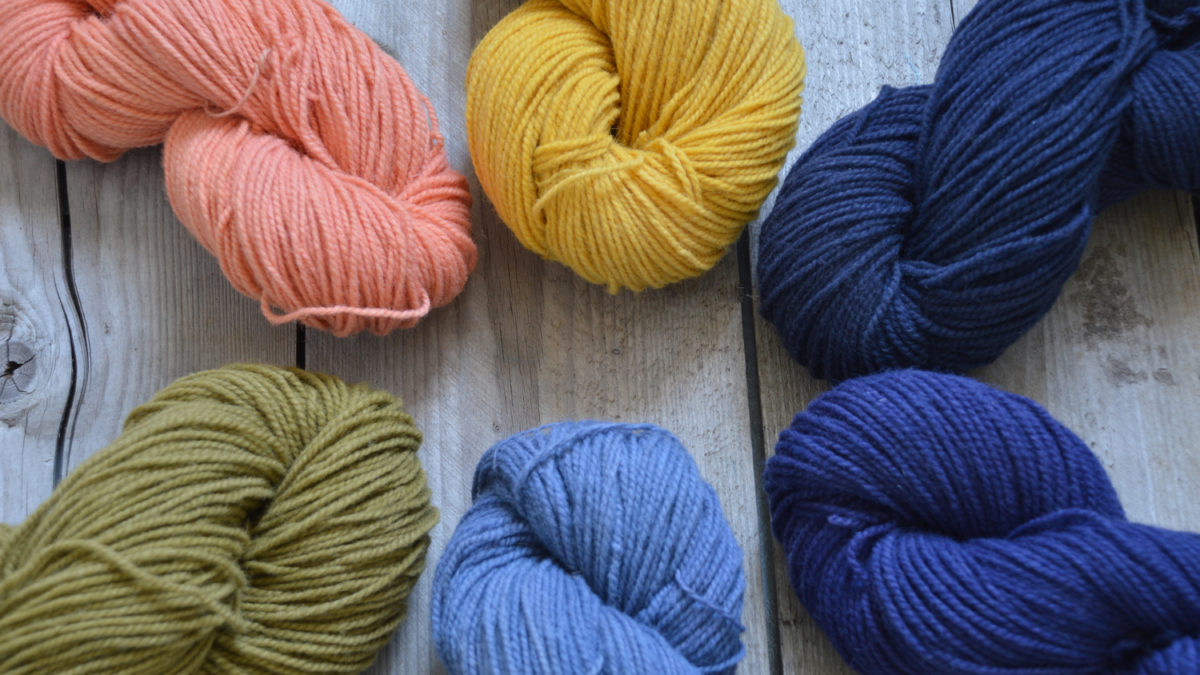If you’ve been following along with this blog for a while, you know I’ve been experimenting and learning with natural dyes and techniques for a few years now. I’ve previously documented some successes, and failures, and some failures that have turned into surprising successes.
The dyeing isn’t so much about the dyeing for me, it’s more about working with plants. I’ve always been a plant person, and my garden is something I look forward to every year. Eventually I want to make a dedicated dye garden, and expand my foraging capabilities, but even just learning how to handle botanical materials as dye stuff from commercial sources has been a learning experience I have highly valued.
I feel like this practice is something that I will always continually learn from – and that’s part of the draw too. It’s not something that’s 100% controllable. Yes, madder will give you a red, but it can give you different kinds of red. Maybe the water you used is slightly more alkaline than previously used water, and that can drastically alter your results. Maybe the plant stuff you got was grown in a different way, and the dye molecules are slightly different in this harvest. You never quite 100% know what you may get, and that can be a good thing.
There’s a lesson to be learned in that somewhere.
So February I kind of went on a spree, gathered some materials, and went nuts. I did some experimentation, and some dyeing that I knew would give me a certain result.
Texel Roving

I wanted to push the boundaries of madder. I took some texel roving from my stash, and dyed it four different ways with madder. This little experiment also served double duty: I’m trying to get more comfortable dying prepped fibre, so this was the perfect experiment for me.
First I took some madder and just did a standard bath: less then 70C heat and no additives. I got the pretty classic red you see here. Then, I went on to push the boundaries. For the three other test baths I went to the limit of what I’d normally do to shift colours. For high heat I pushed it right up to almost boiling (90C), for alkaline I added washing soda to bring the pH to 11, and for the iron I added 5% WOF (as a general rule I don’t like to go over 3% lest the iron start breaking down the protein in the wool fibres).
For each bath I used the exact same percentage of dye material to keep that element of each experiment the same. The thing I was most surprised about was the alkaline bath. I was expecting something much more pink (achieved), but the saturation of the dye is much, much less and I’m not entirely sure why. Does the dye bond to the washing soda in the bath? Is there some other chemical reaction taking place that I’m not aware of?
Unfortunately searching (online or in books) hasn’t proven to be too helpful for that specific question, but it’s an interesting one I’d love to get answered.
Yarn

Next, I kind of went on a spree dyeing yarn.
I ended up dyeing 16 skeins with three different plants (madder, marigold, and logwood) to achieve six different colours. From top going clockwise we have marigold, logwood + iron, logwood, and then logwood again but with those particular chips being used a second time, then we have marigold + iron, and madder to round it out.
With spring just around the corner (I say, hoping and wishing), I plan to dive in even more. It’ll be time to revive the indigo vat, and just in general, drying skeins outside is so much easier. I’m excited this year as well to experiment even more with over dyeing and indigo.
Speaking of over dyeing with indigo, I made myself a hand spun, hand dyed sweater at the end of 2019. This pattern is Darkwater by Jennifer Steingass. After I had spun the yarn, I first dyed it with osage and chestnut to get a brownish-khaki colour, then over dyed with indigo to get the final deep petrol you see here:

It’s easily become one of my favourite sweaters to wear the past few months – not least because it is insanely warm and I live in a cold, cold climate. But also because this colour in particular was reproduced from a colour I had previously made. Being able to reproduce a colour with expected results really felt like a level up in my natural dyeing game.
